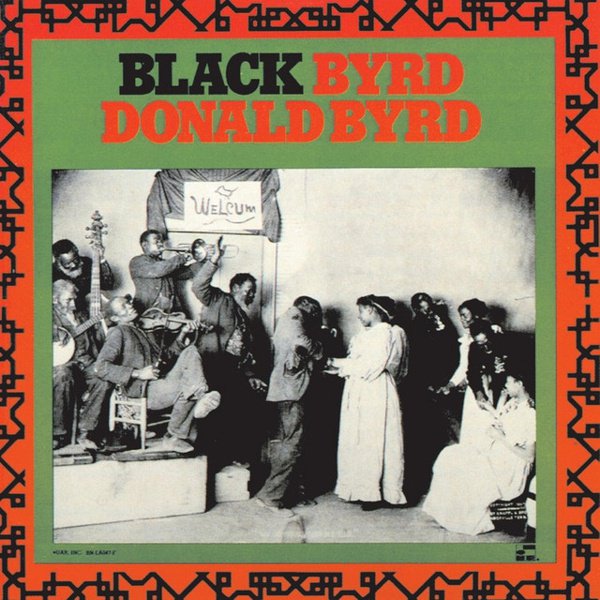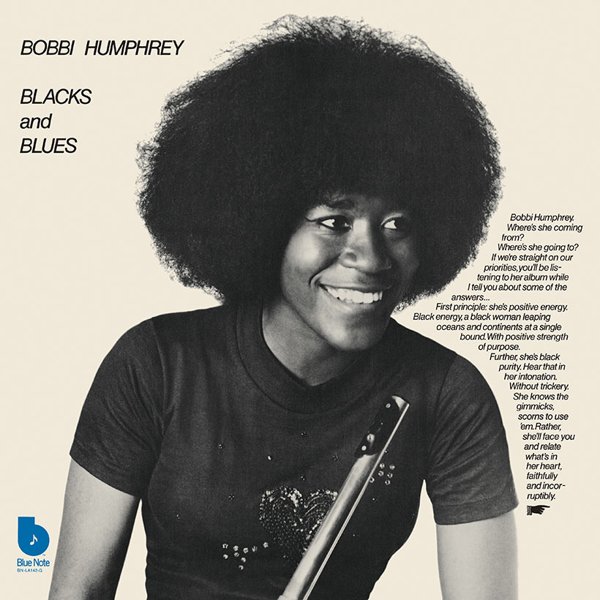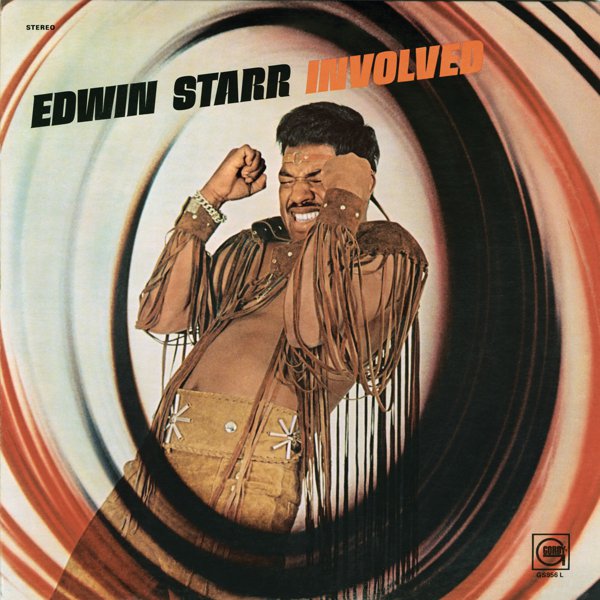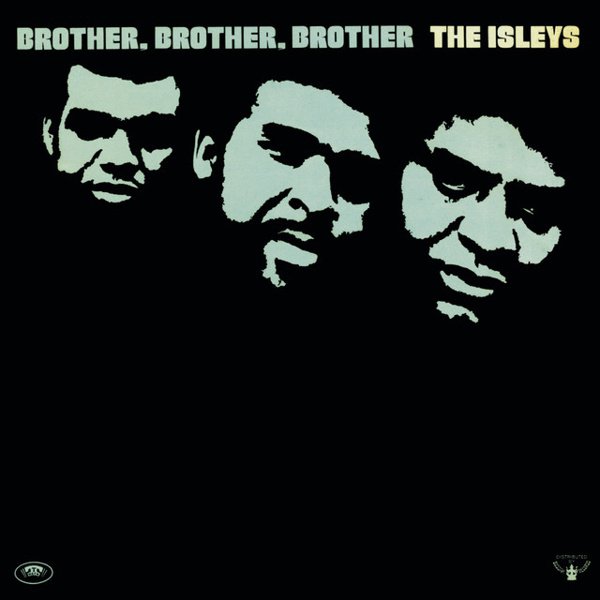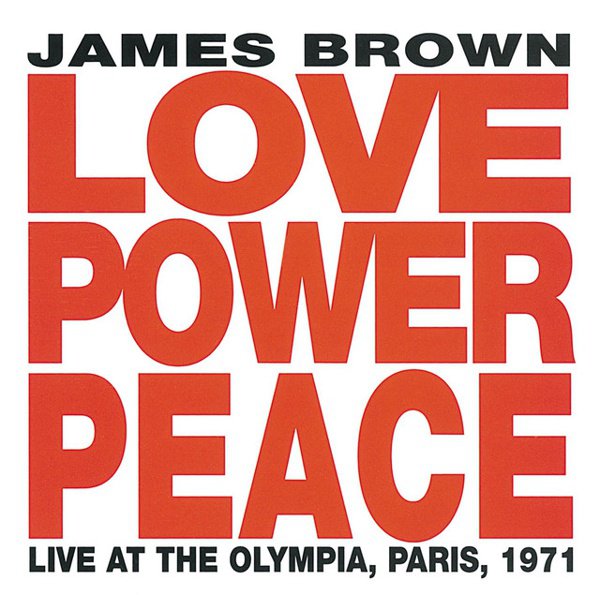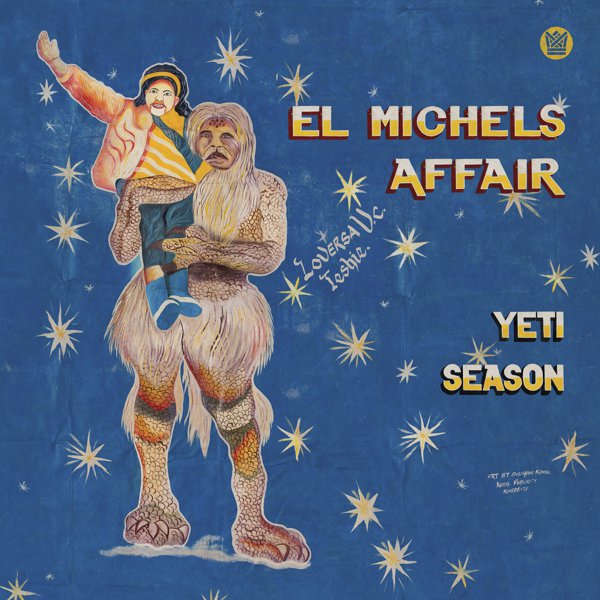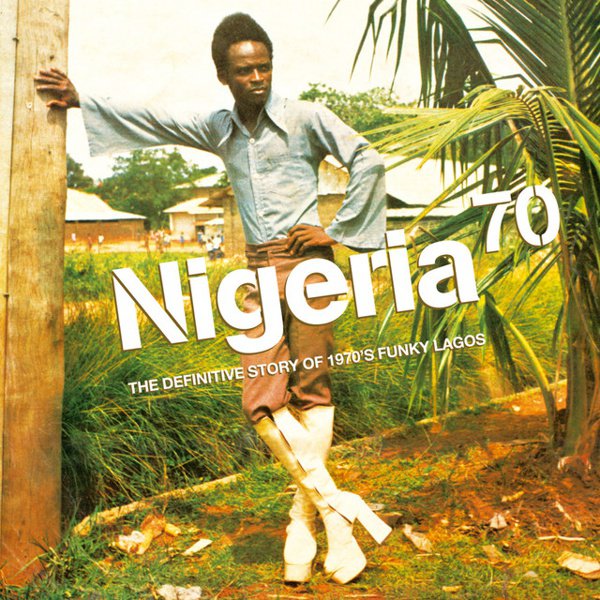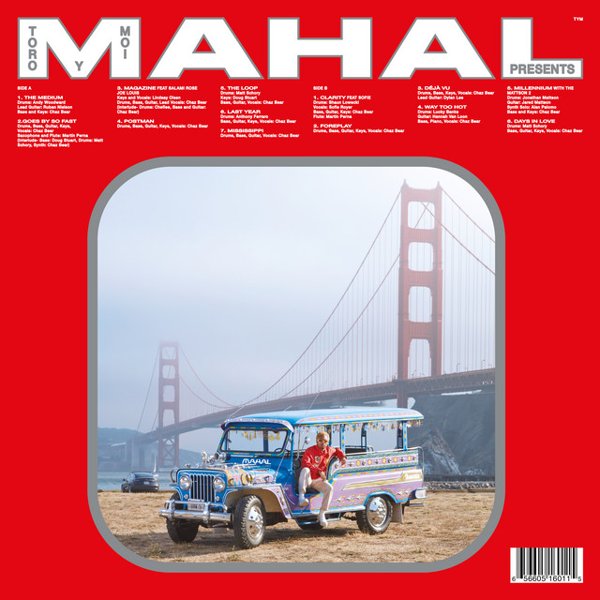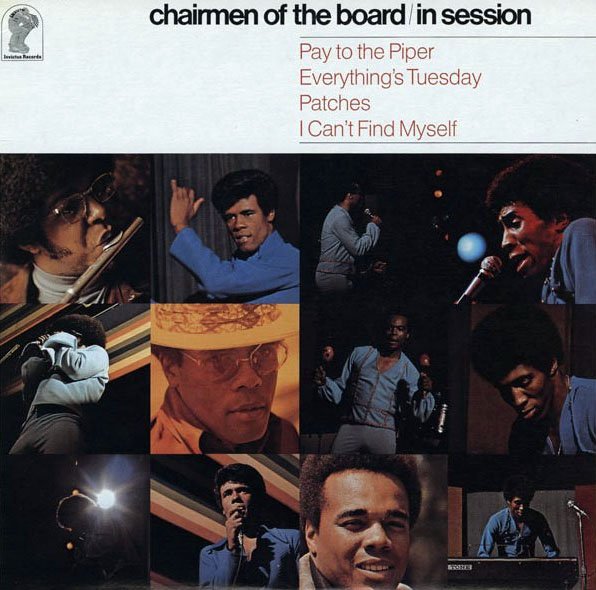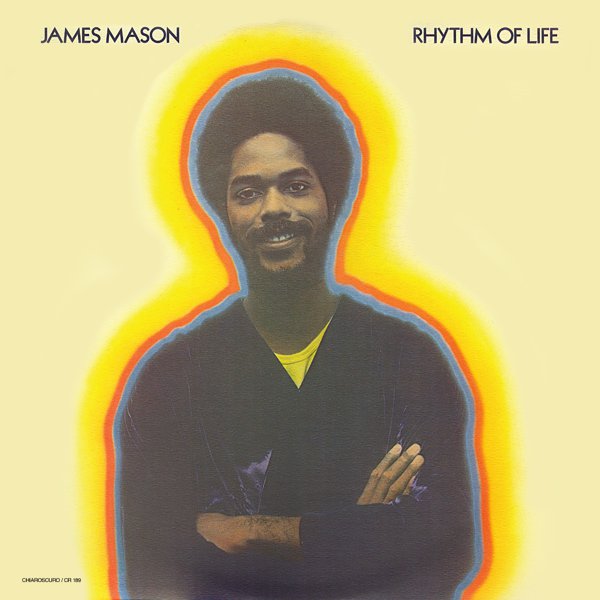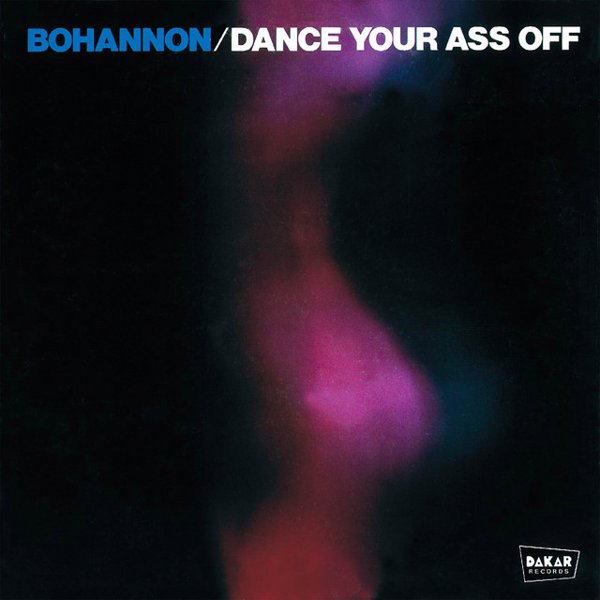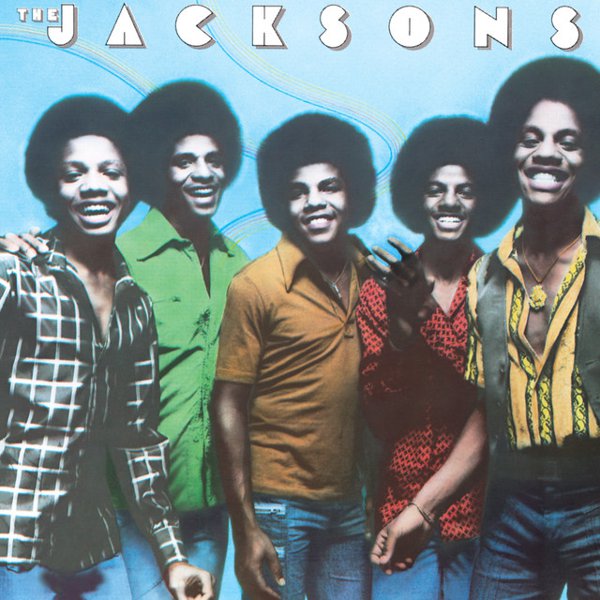Black Byrd
Donald Byrd was always something of an experimenter among the ranks of the hard bop greats to emerge in the ’50s and reshape the genre throughout the ’60s. But don’t mistake his turn towards fusion in the ’70s as a complacent, aging musician resting on his laurels: after the wild flights of early ’70s Blue Note releases like Electric Byrd and Ethiopian Knights, he was proving to be every bit the forward-motion visionary as his mentee Herbie Hancock. Subsequently, the album that introduced the Mizell Brothers’ Motown-steeped soul sensibility to Blue Note ably proved that Byrd’s trumpet and flugelhorn could not only carry orchestral soul-funk — whether lively and heavy (“Love’s So Far Away”), reflectively wistful (“Where Are We Going?”, originally written for a Marvin Gaye What’s Going On followup), or a sweet spot somewhere in between (“Flight Time”) — but elevate it every bit as much as the voices of Stevie Wonder or Curtis Mayfield did for their own hits. Oh, and it became the biggest-selling record in Blue Note history to that point — a nice bonus.

